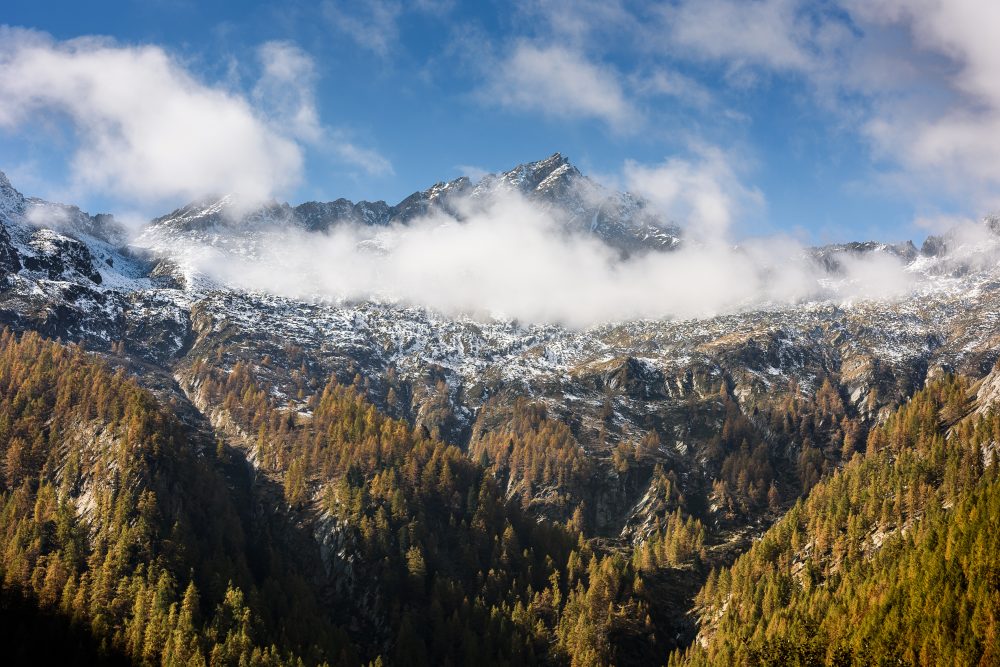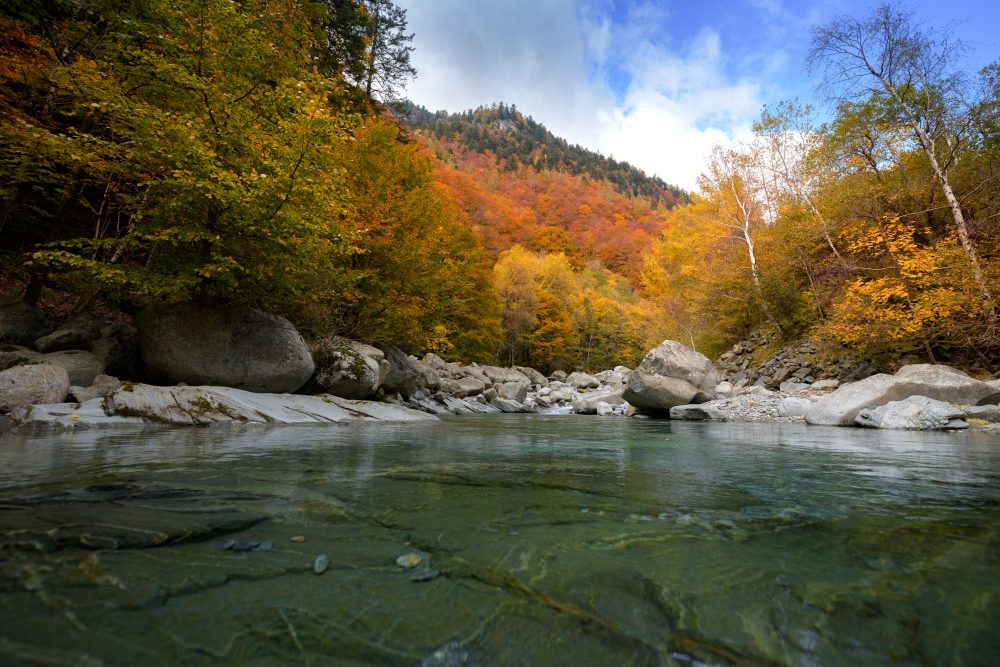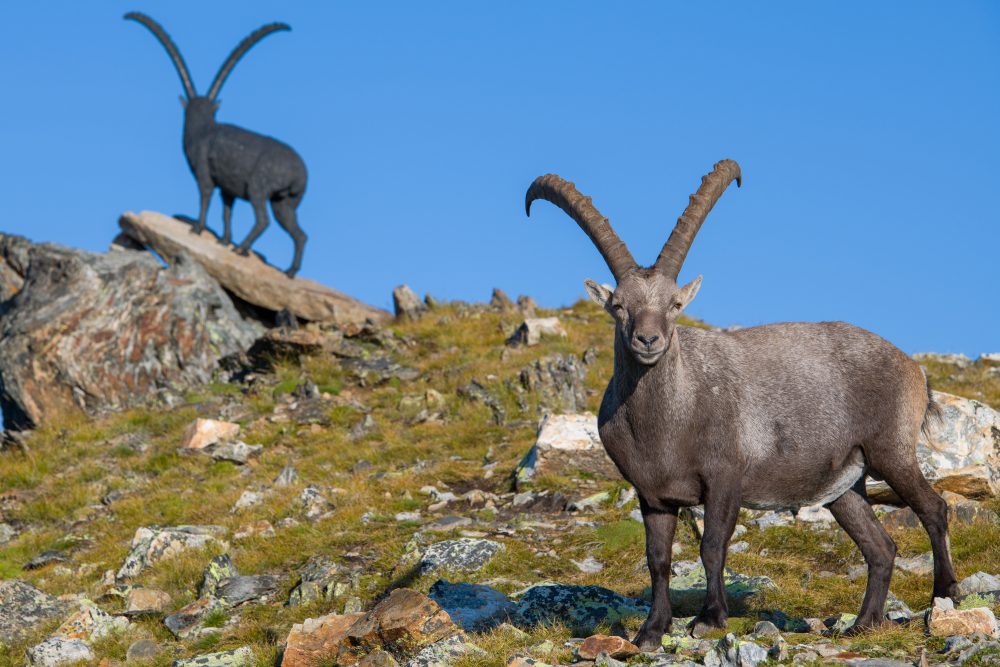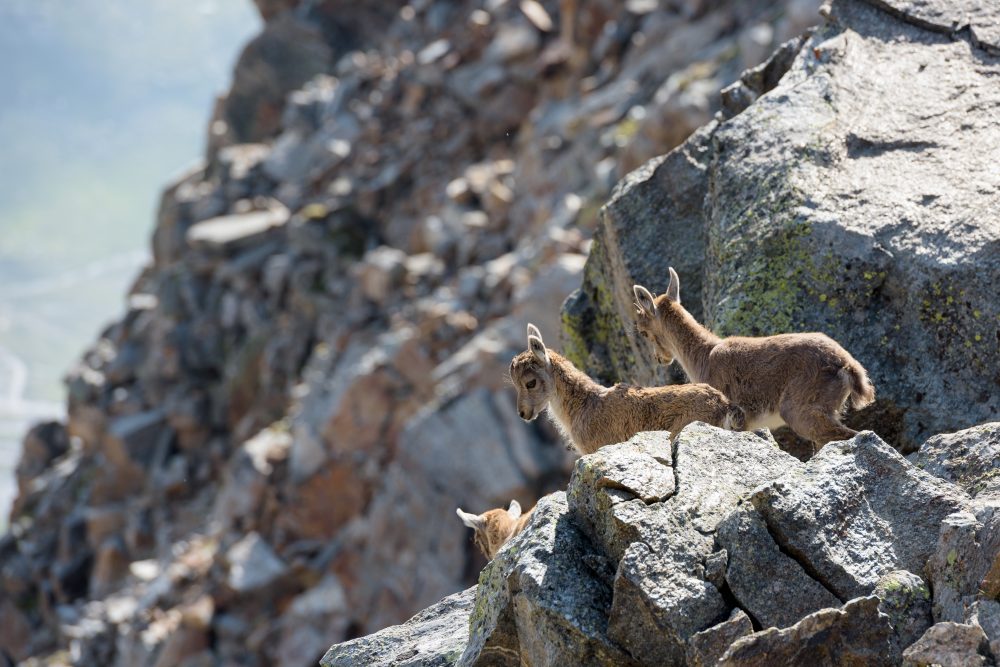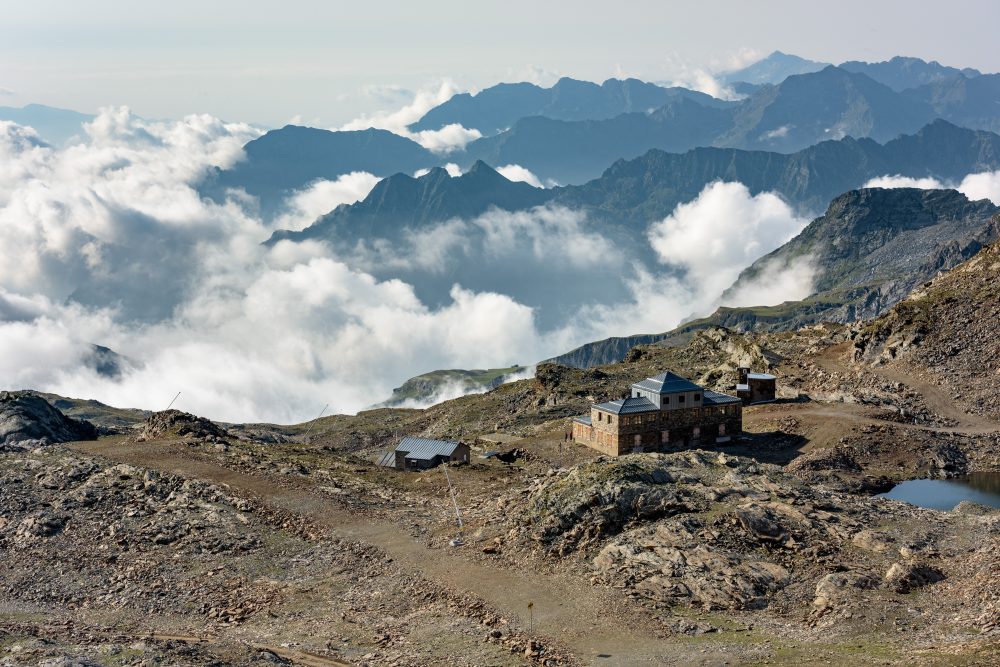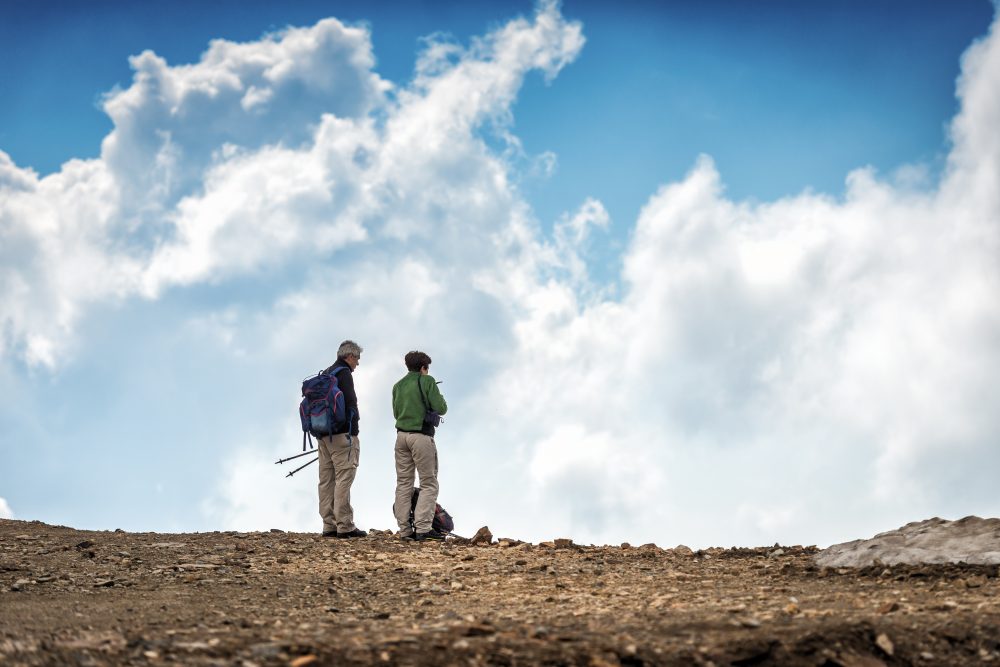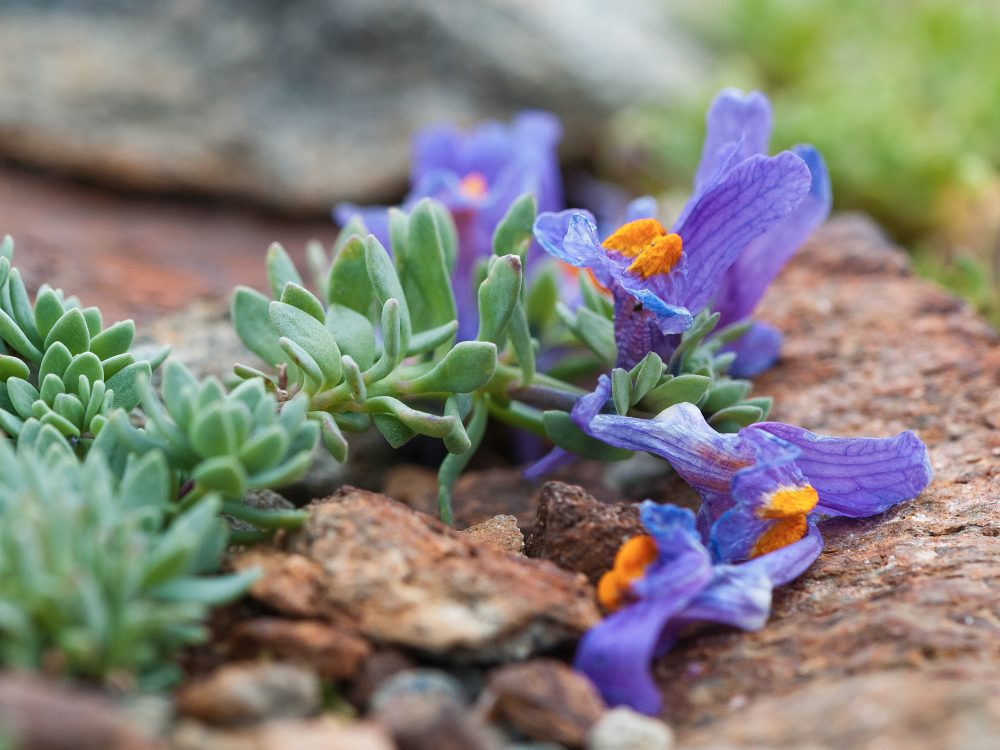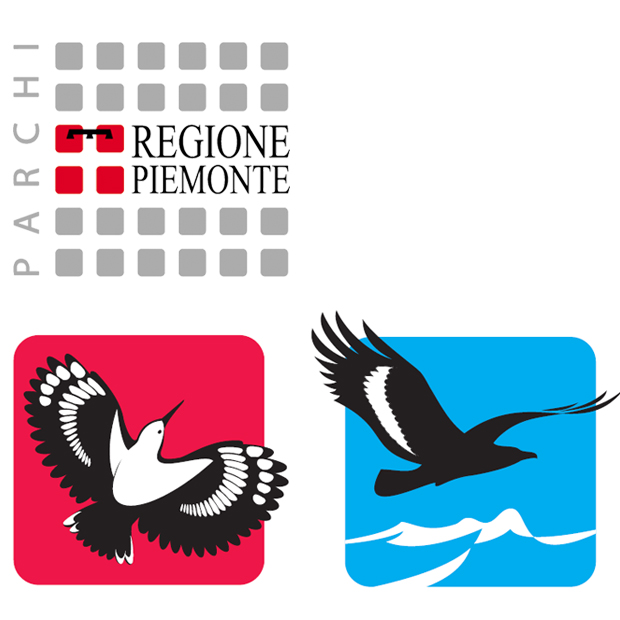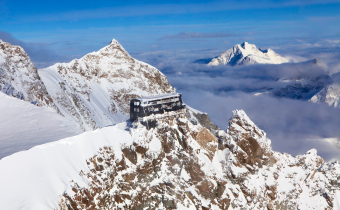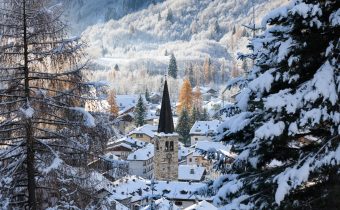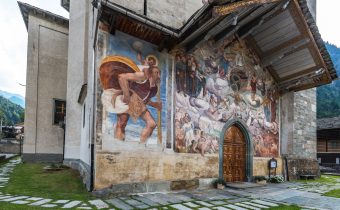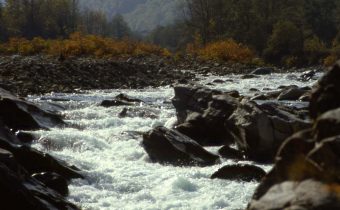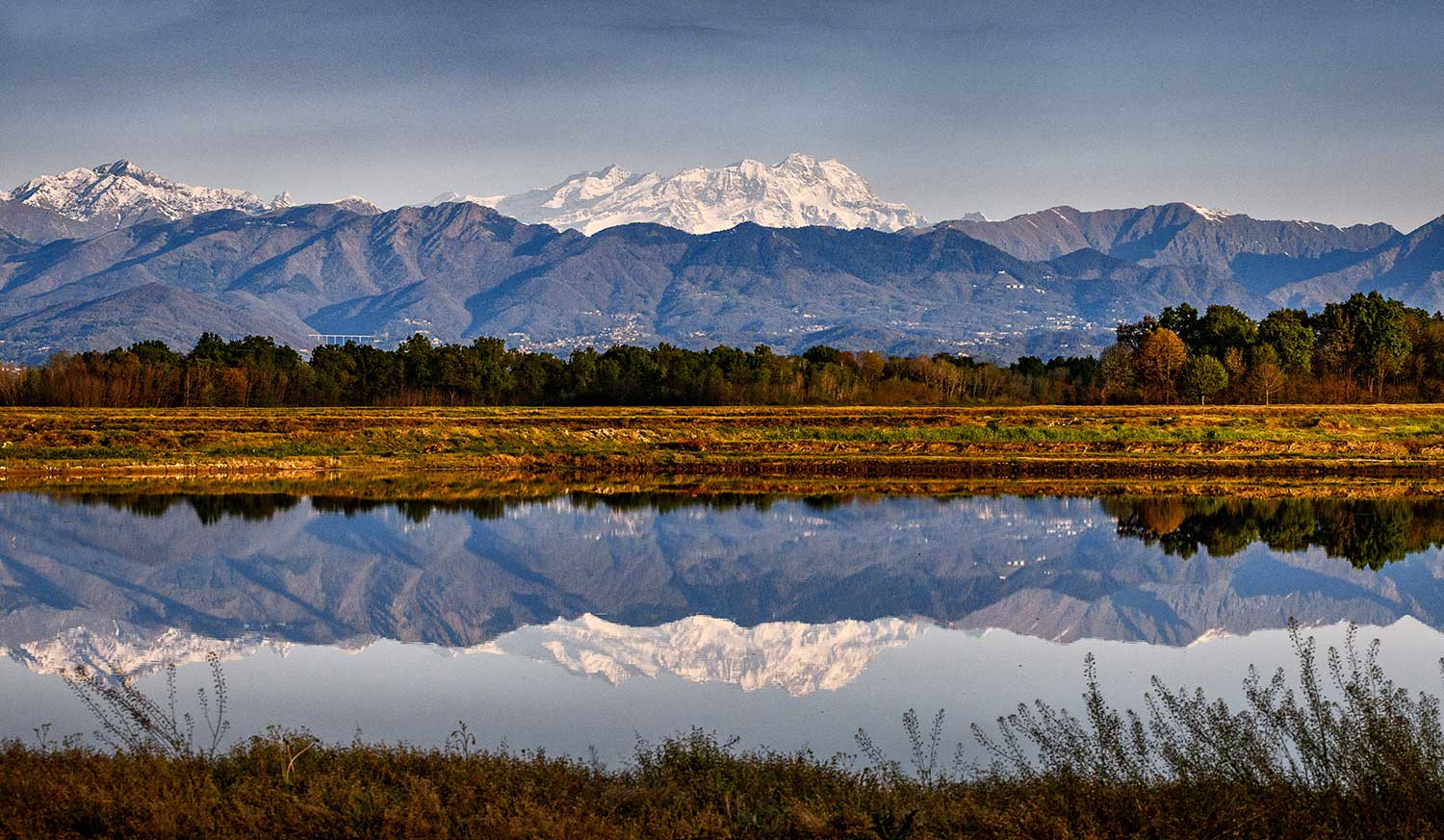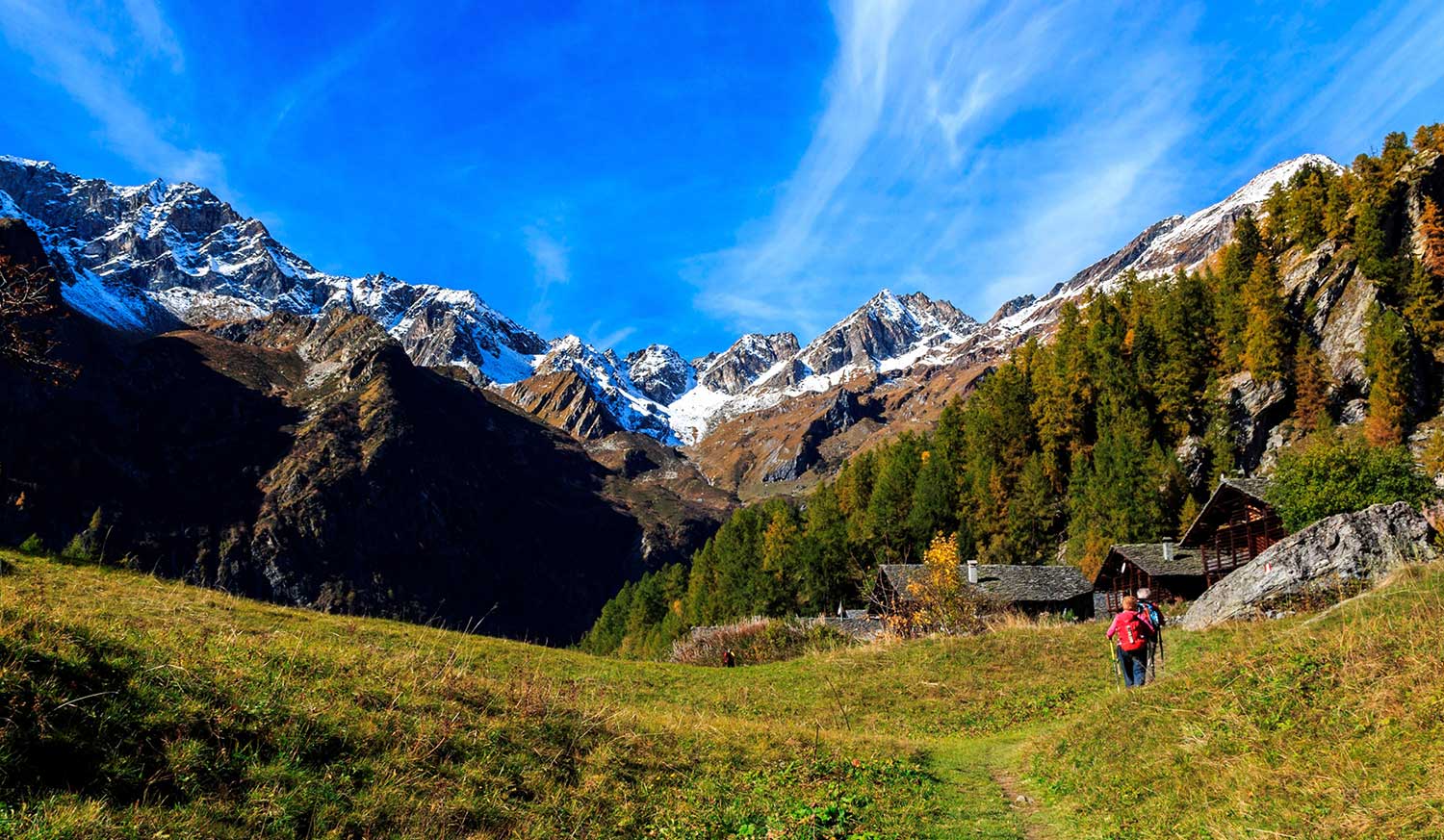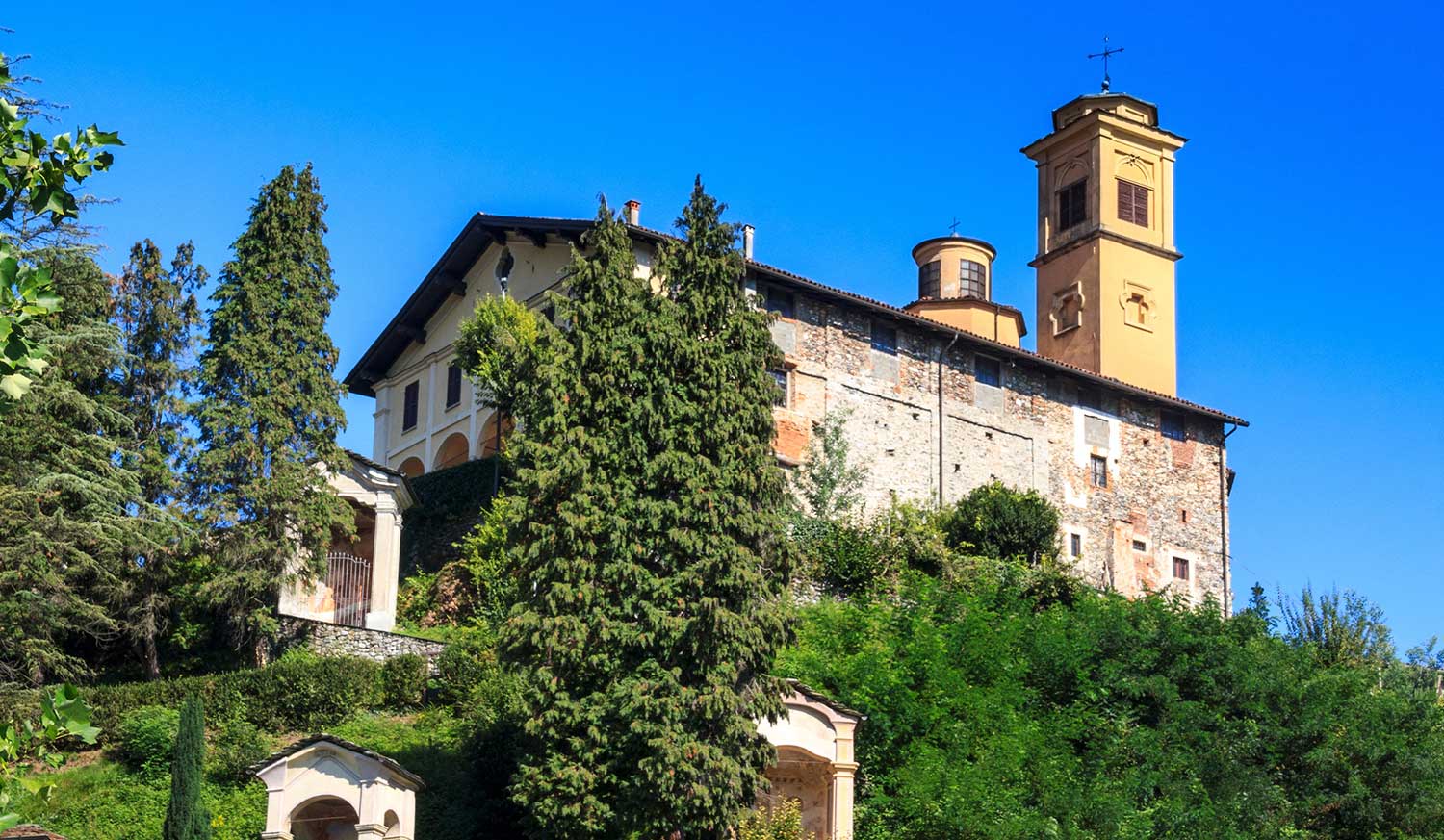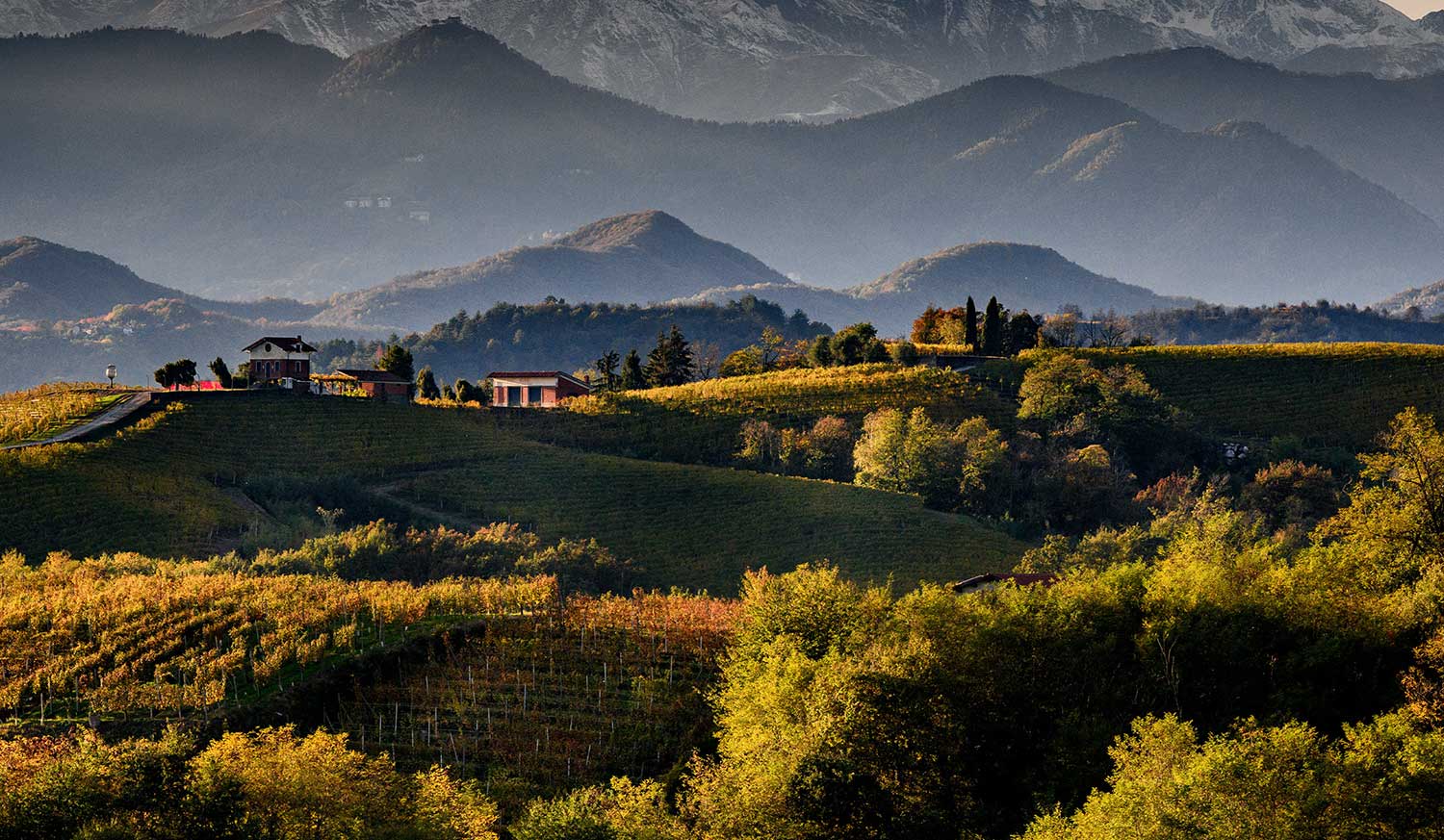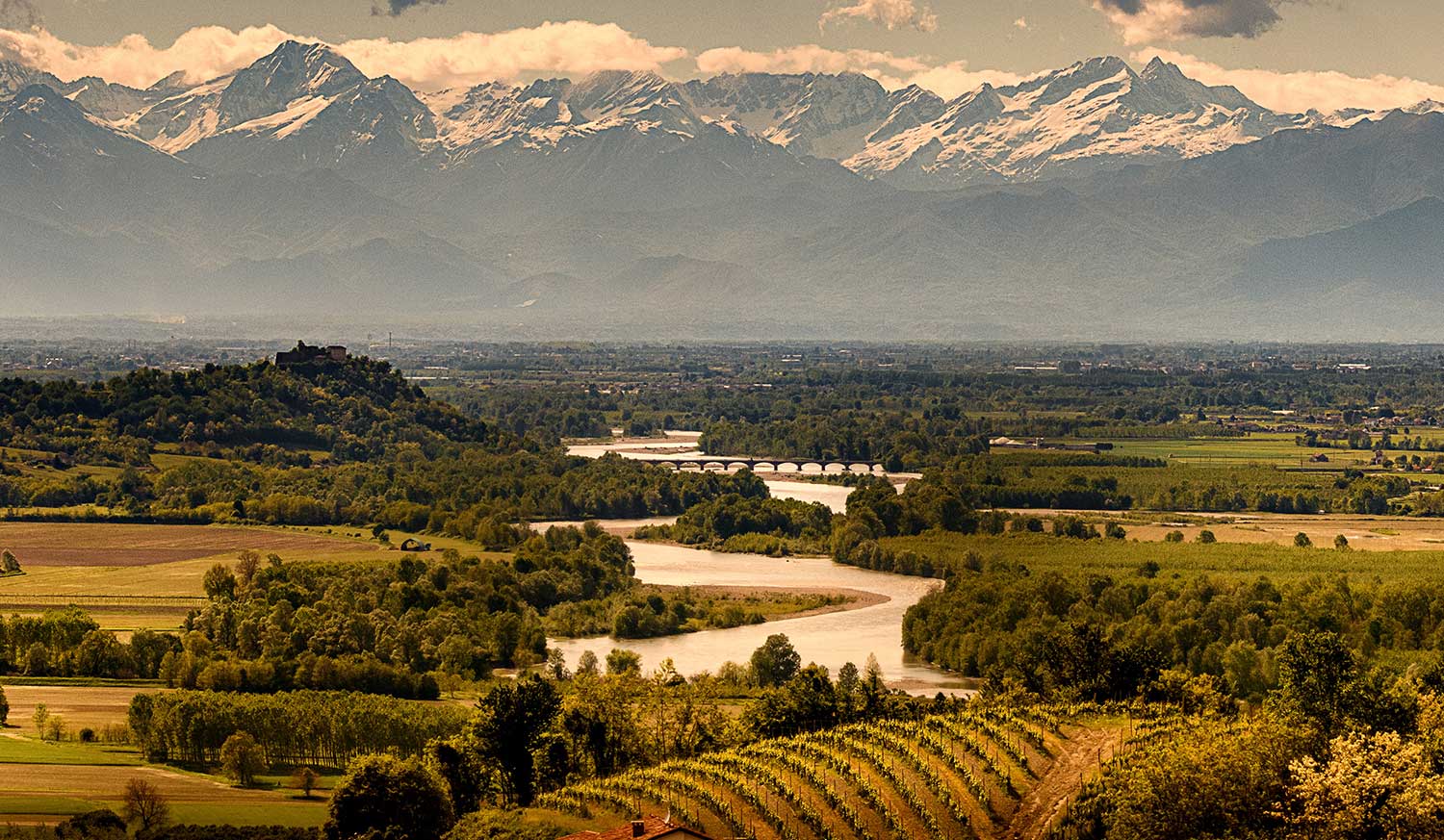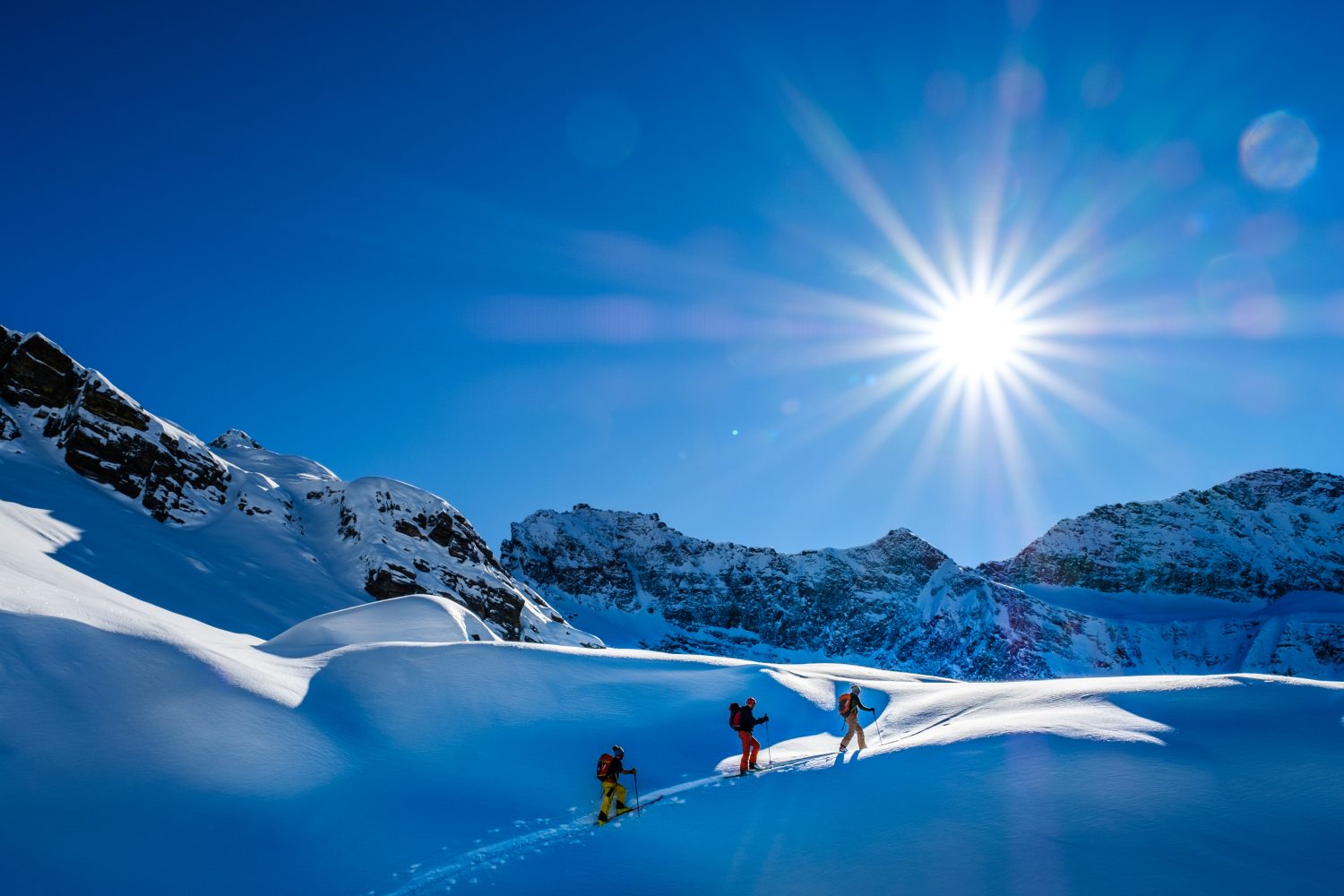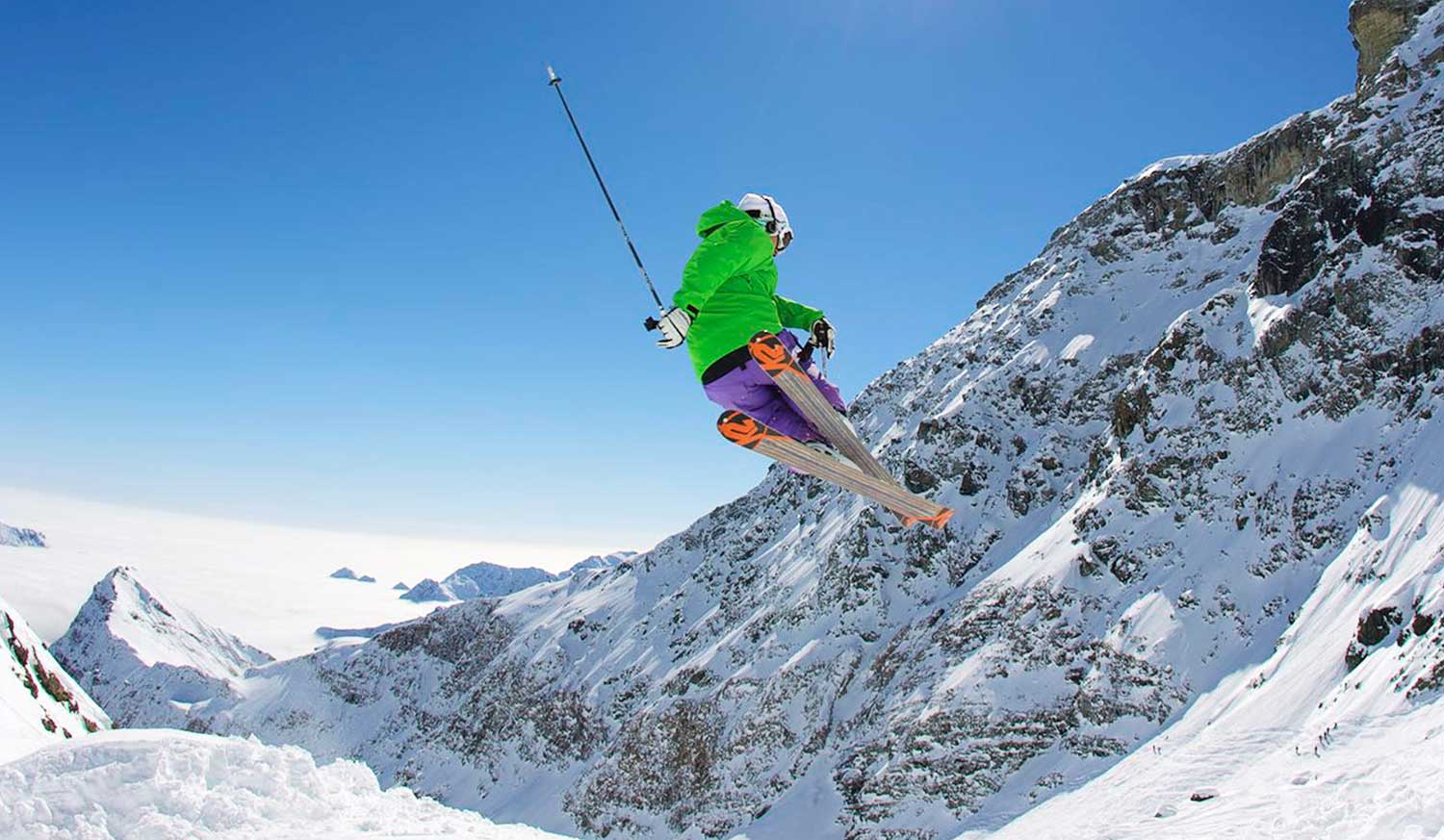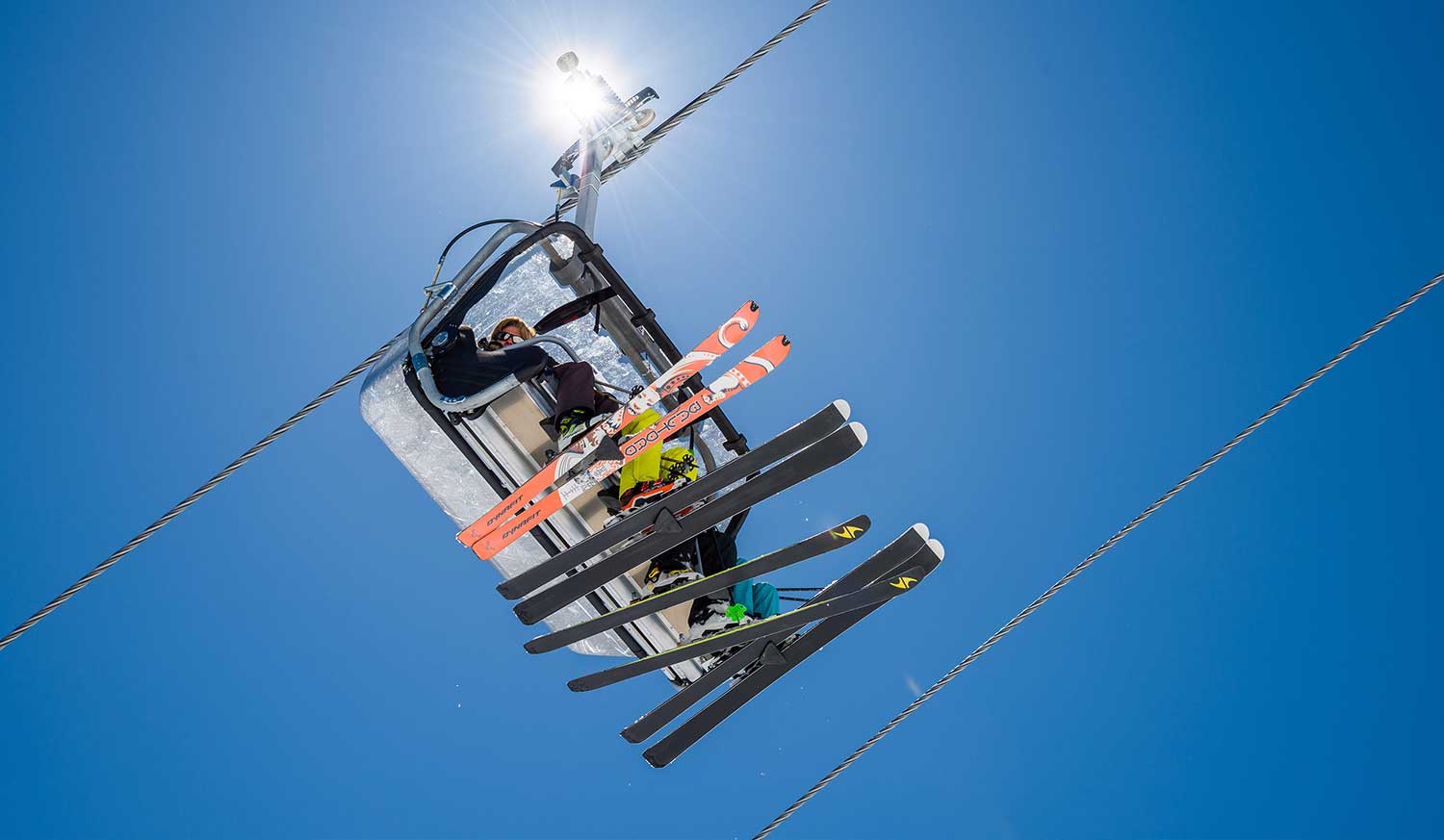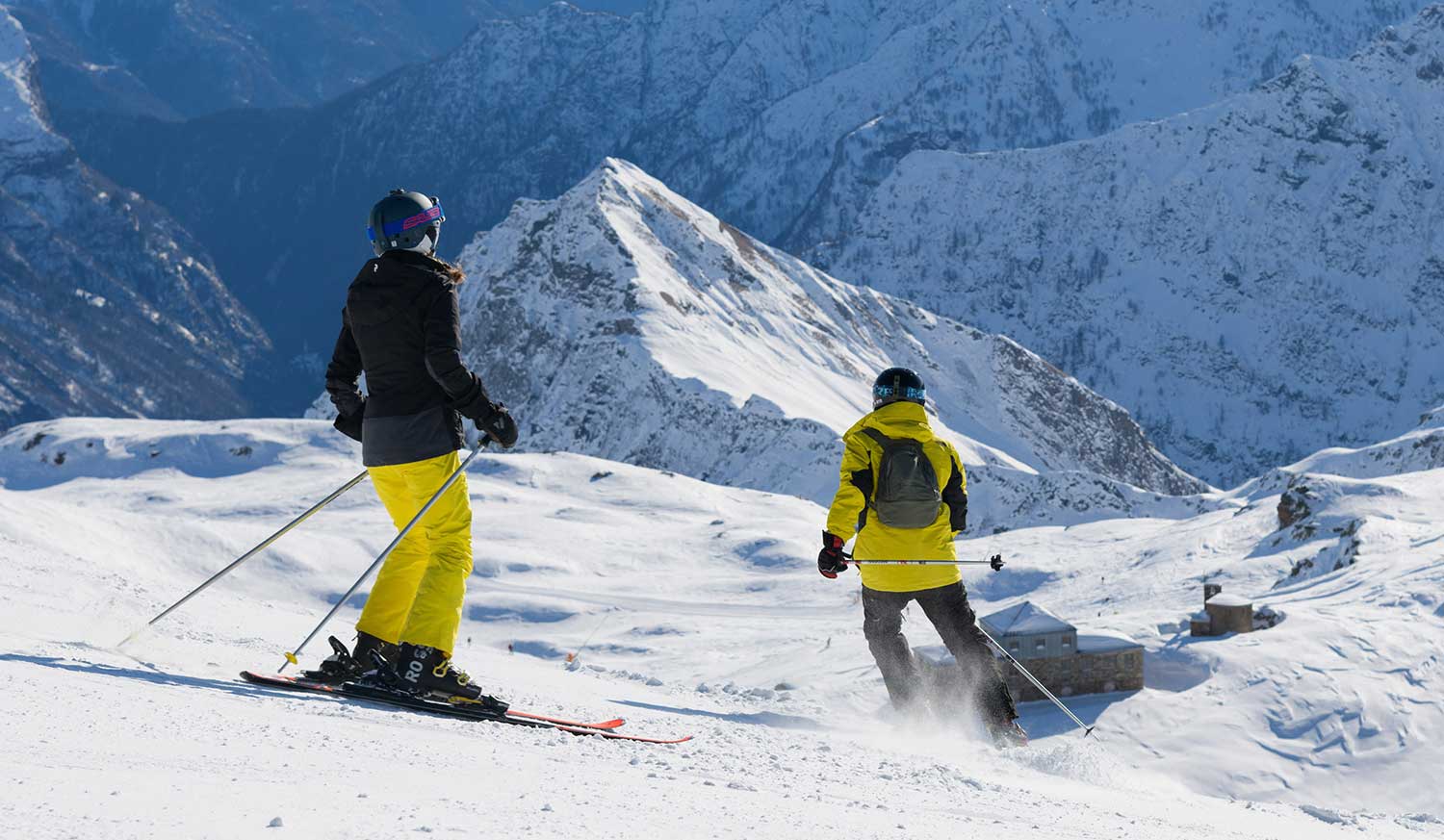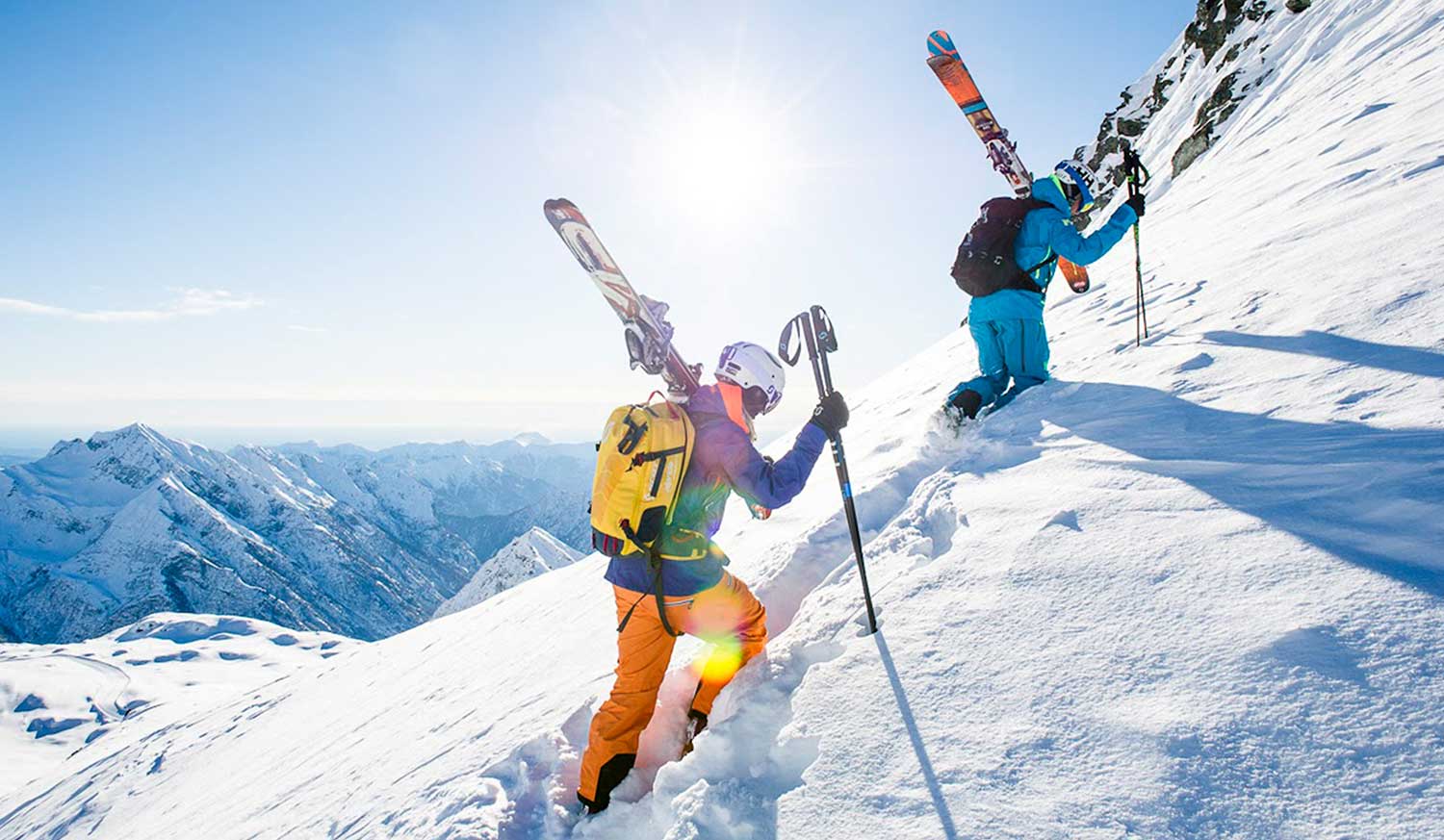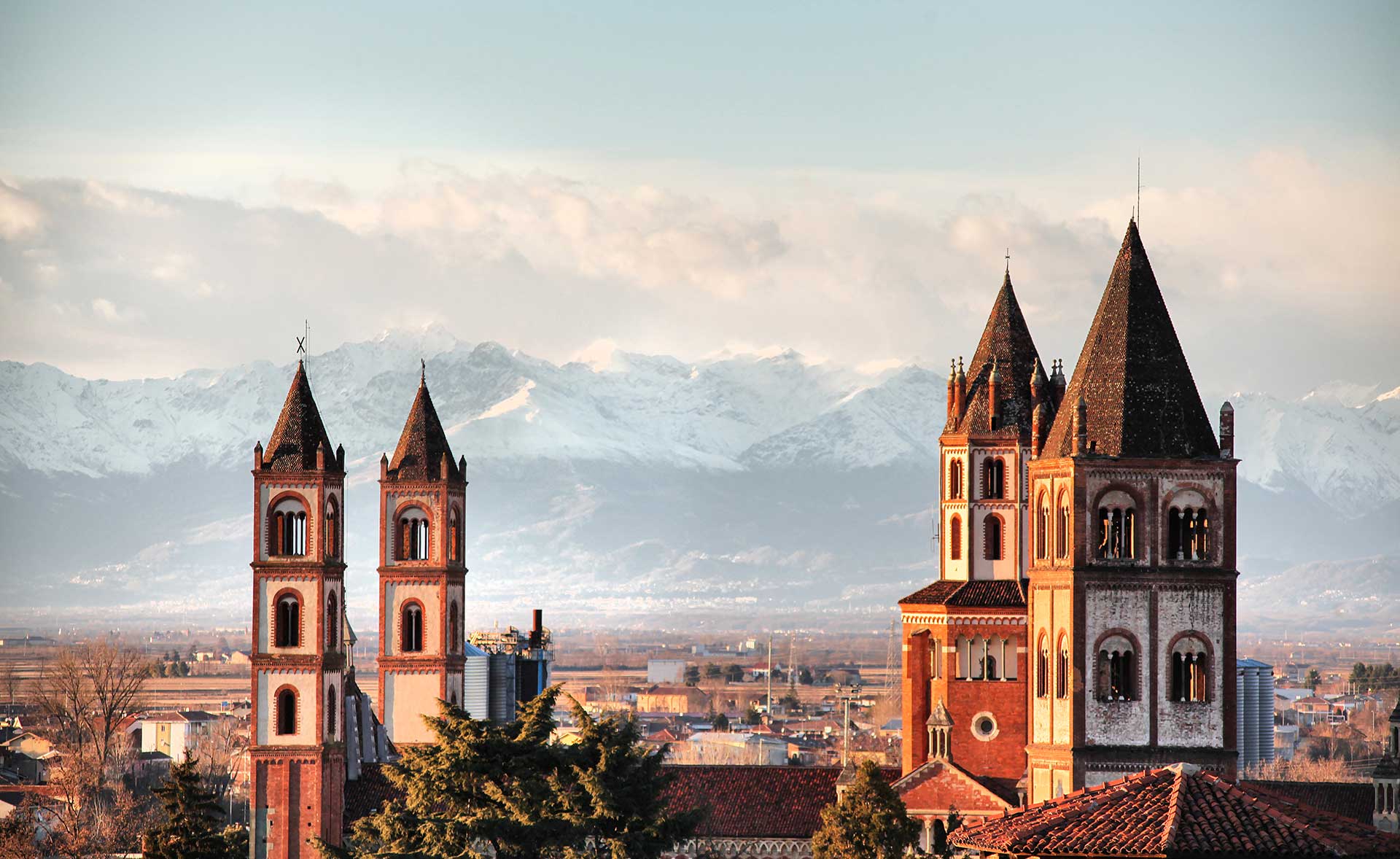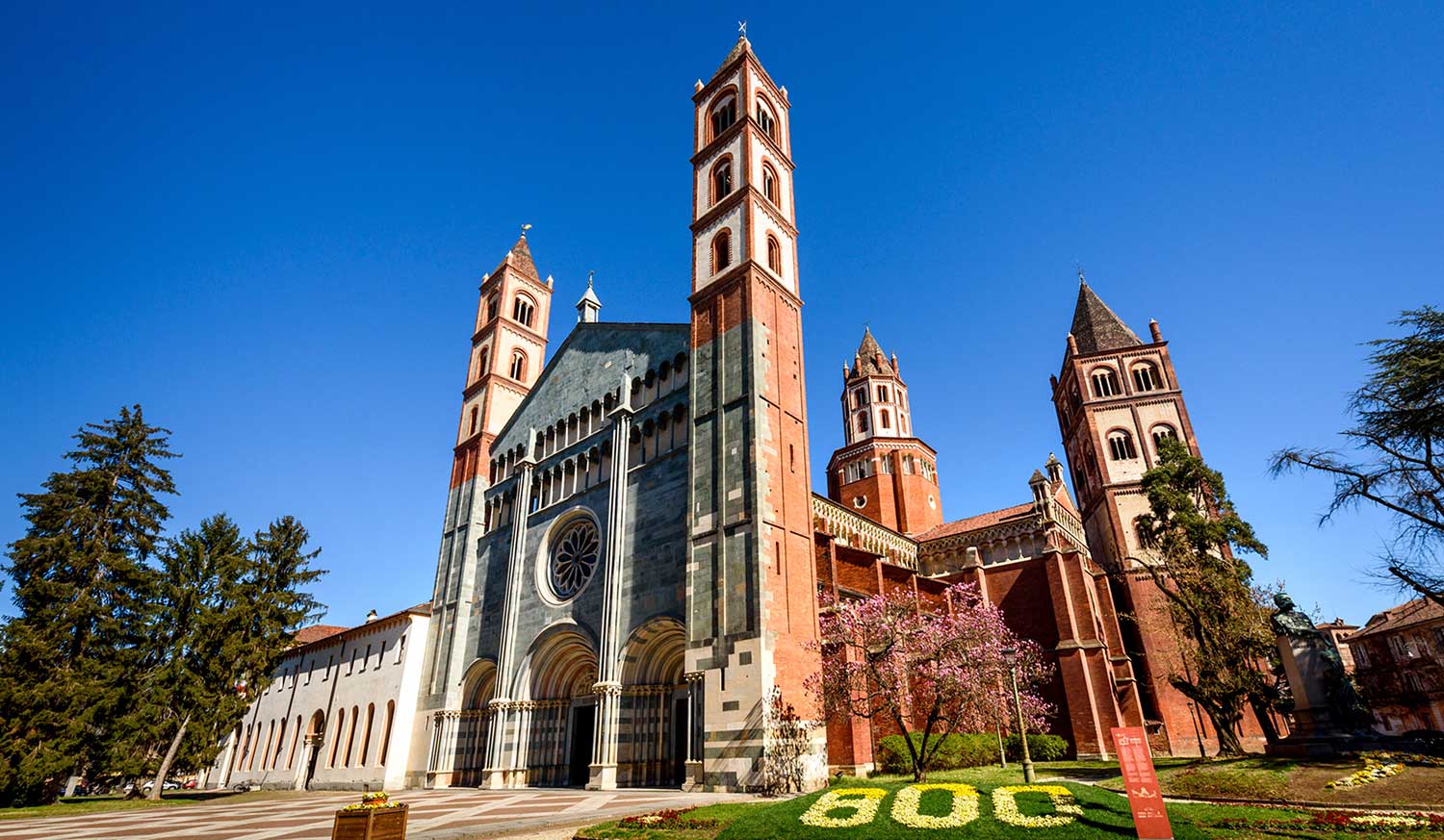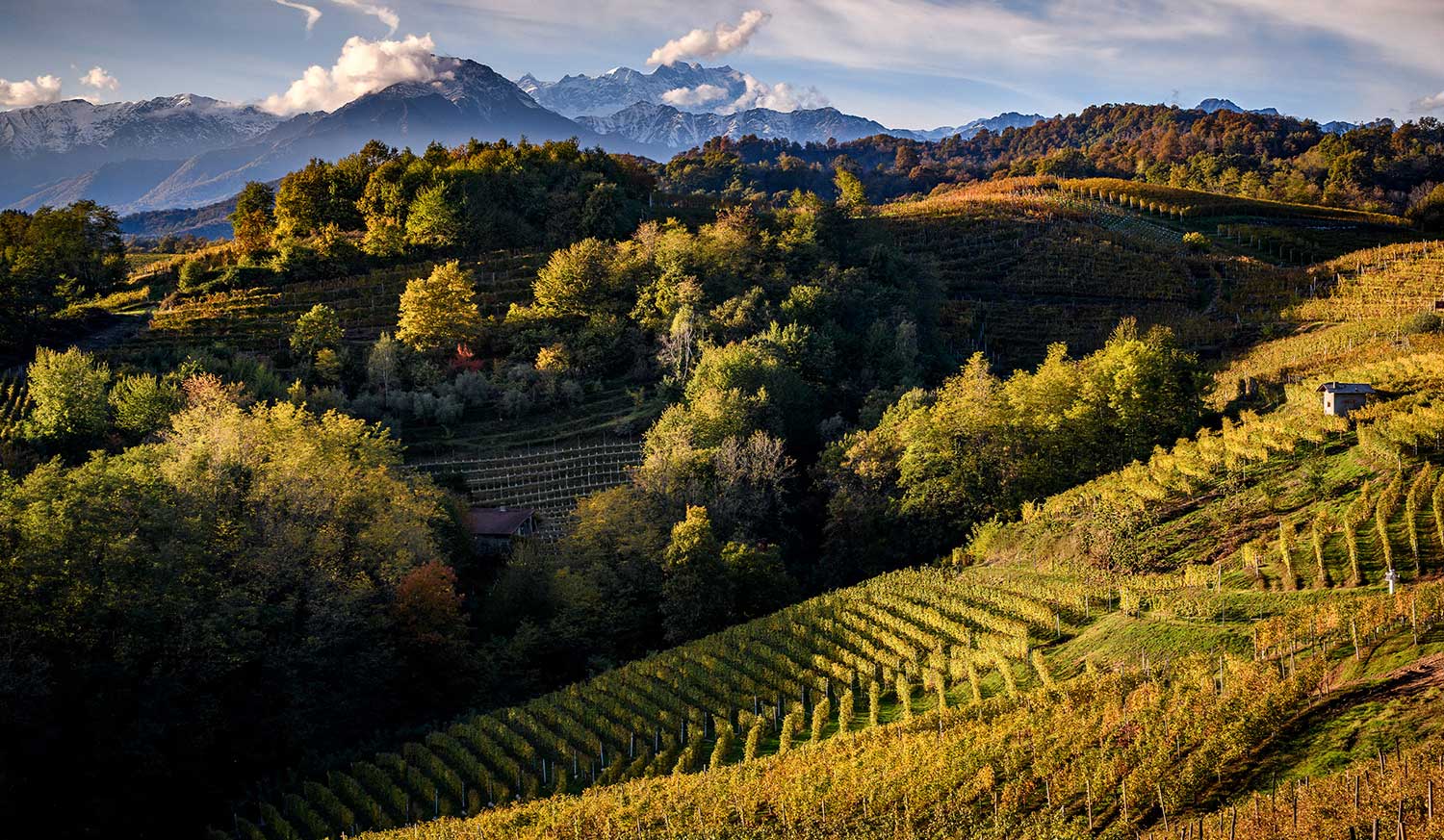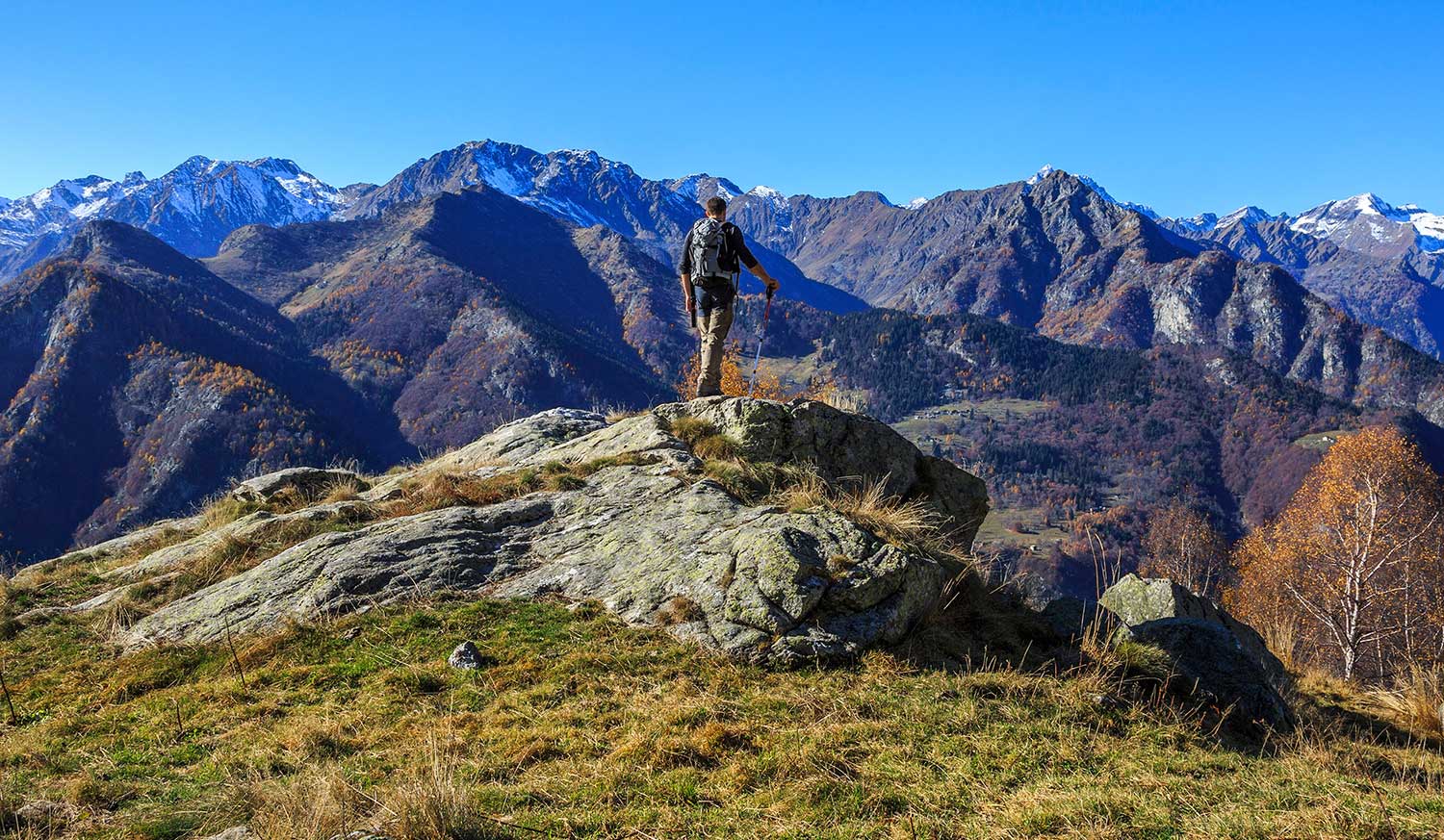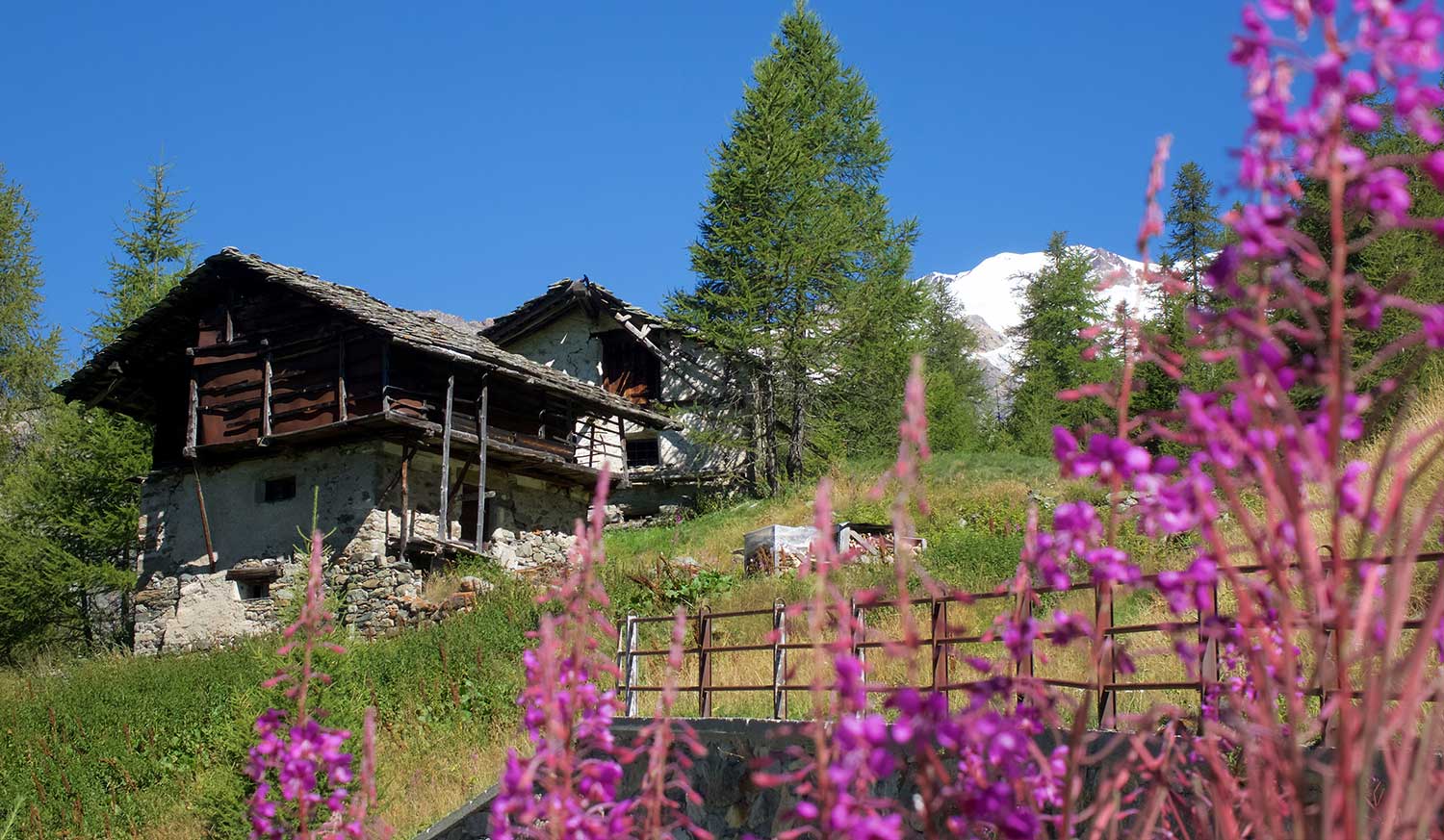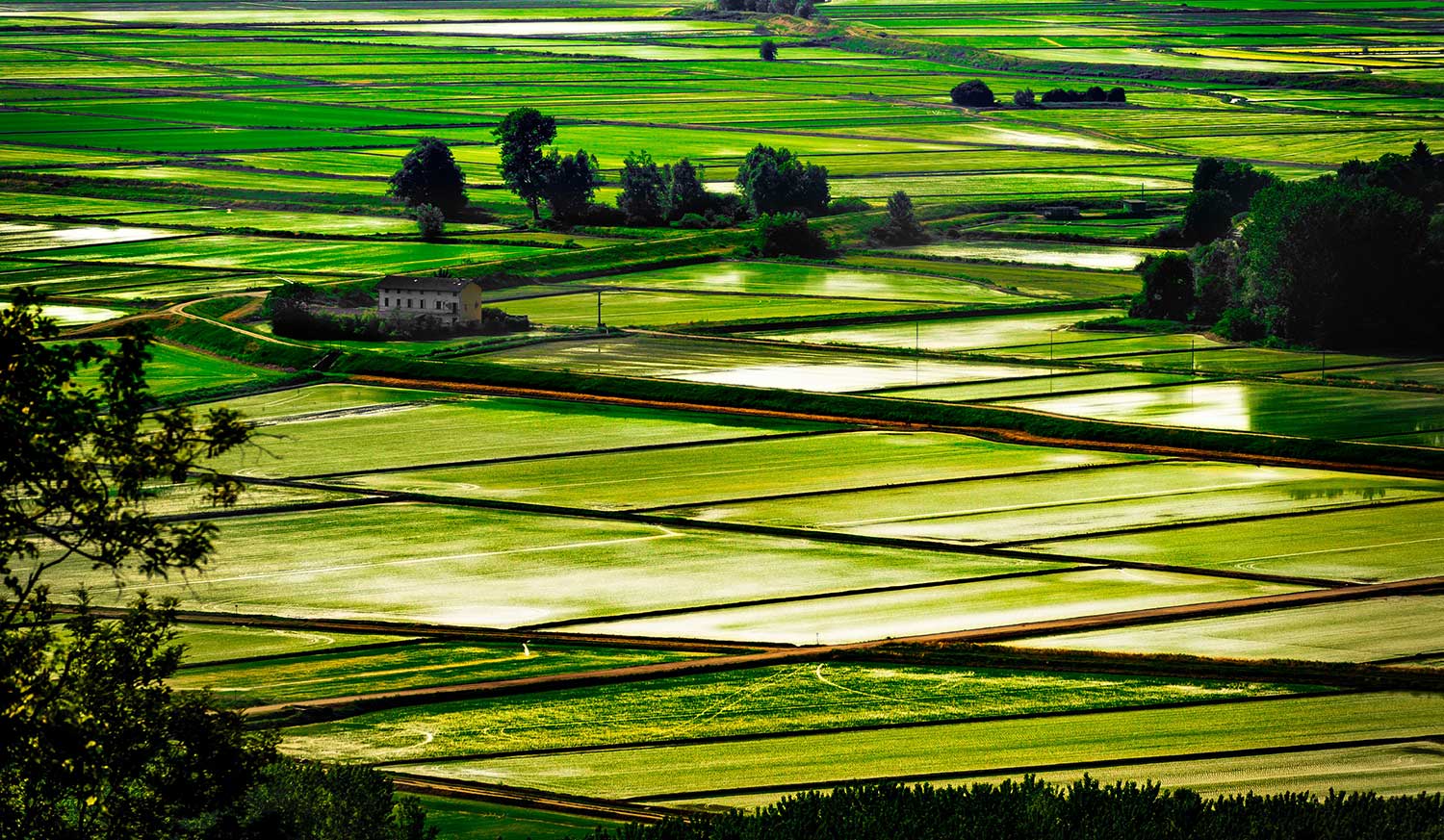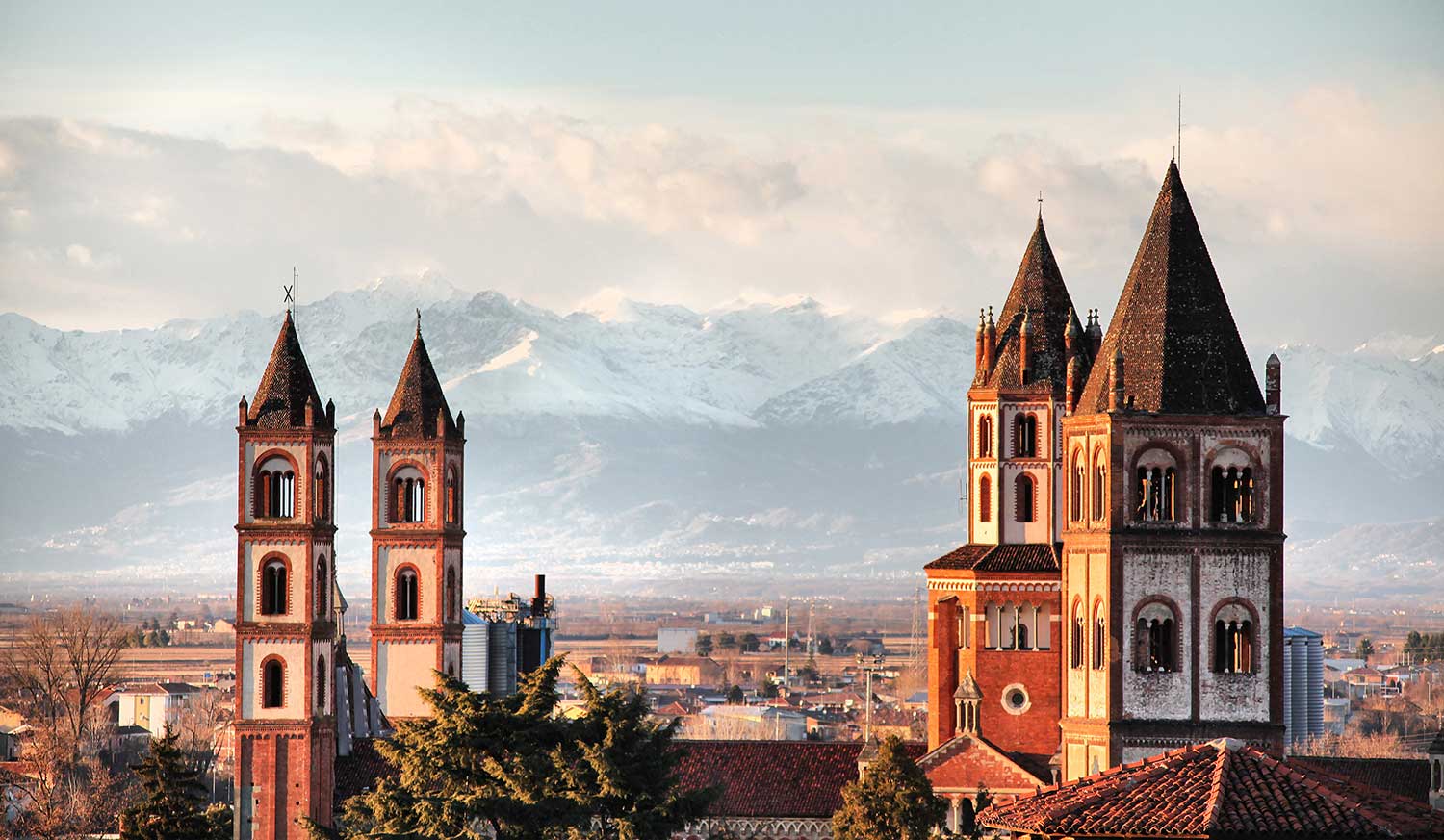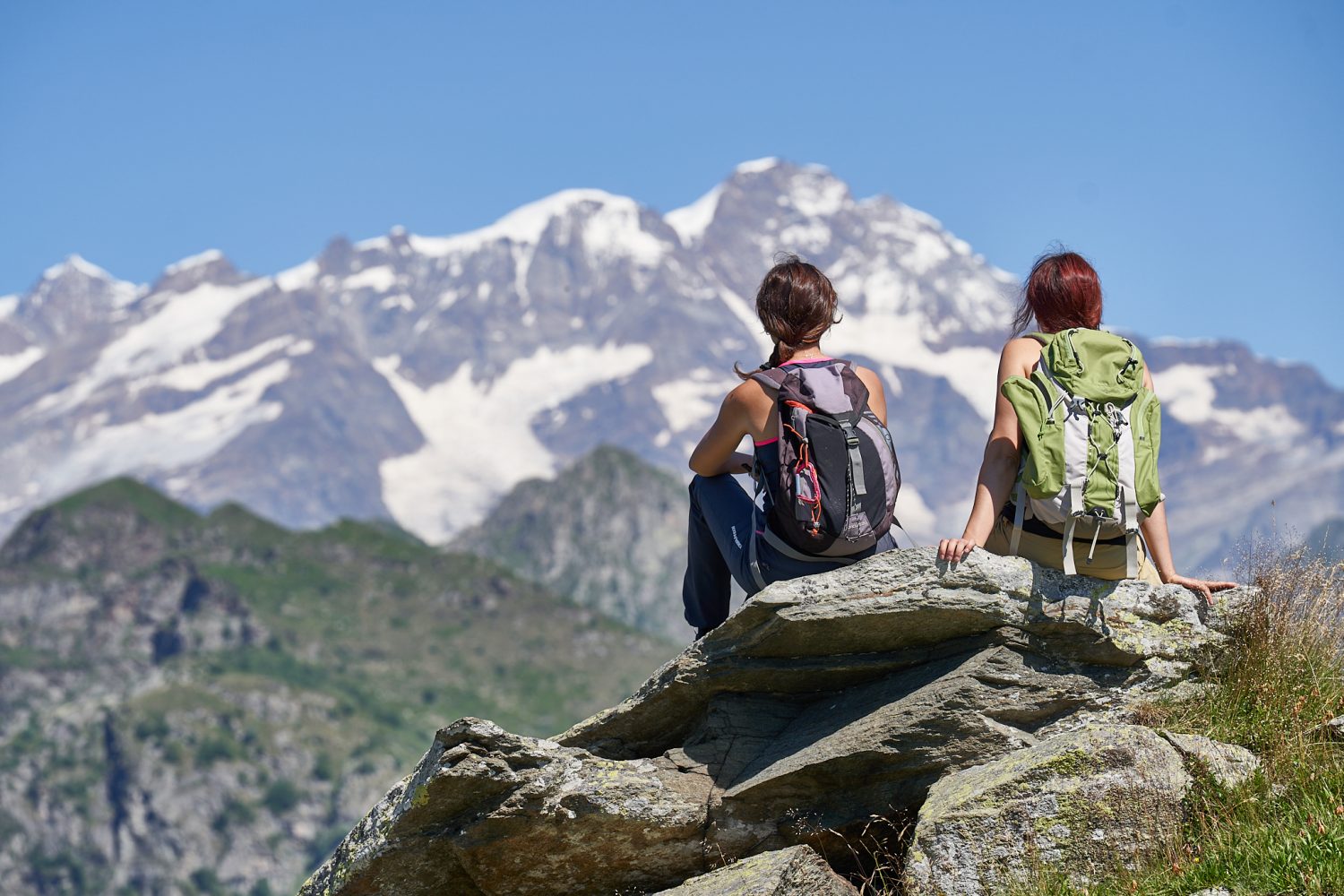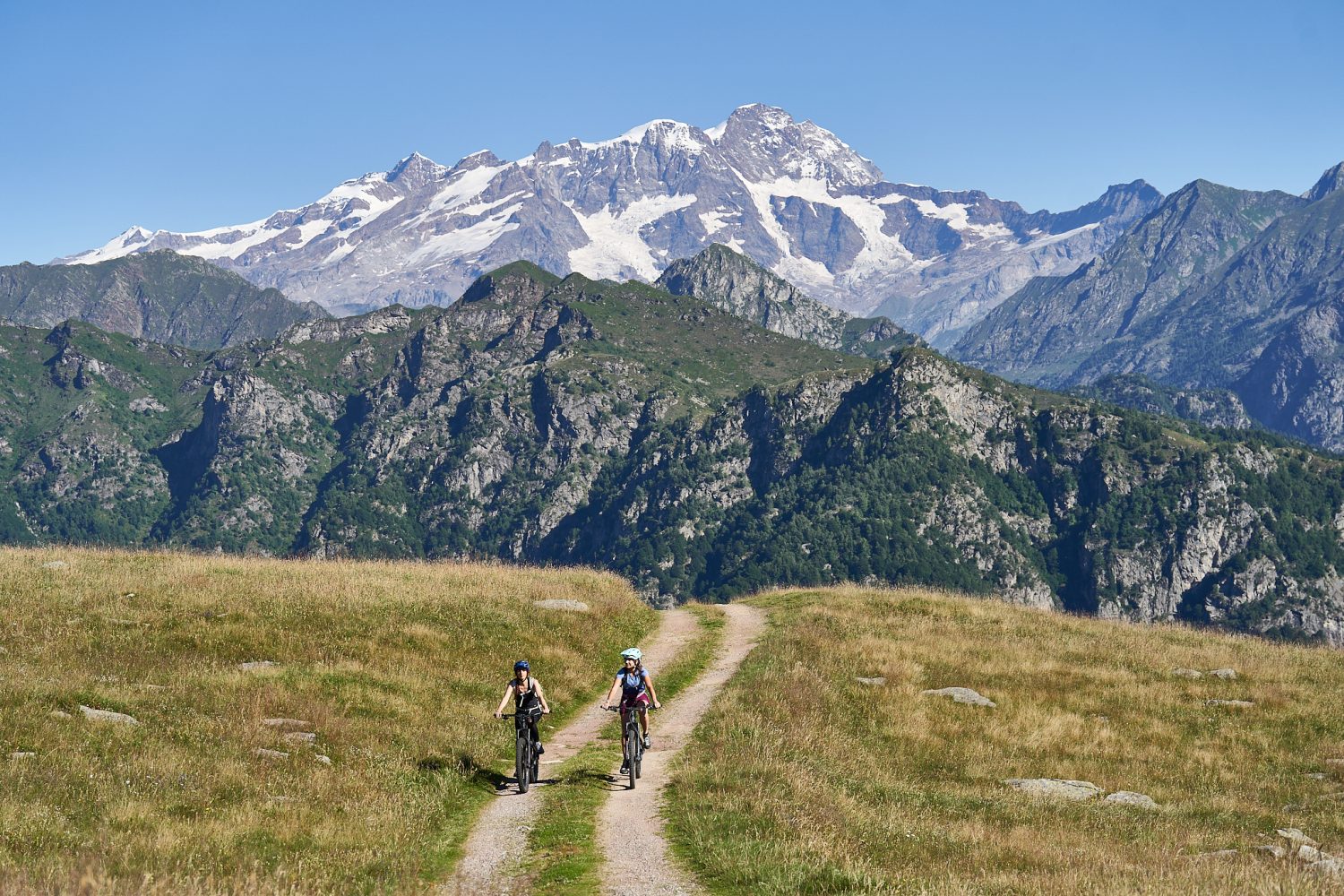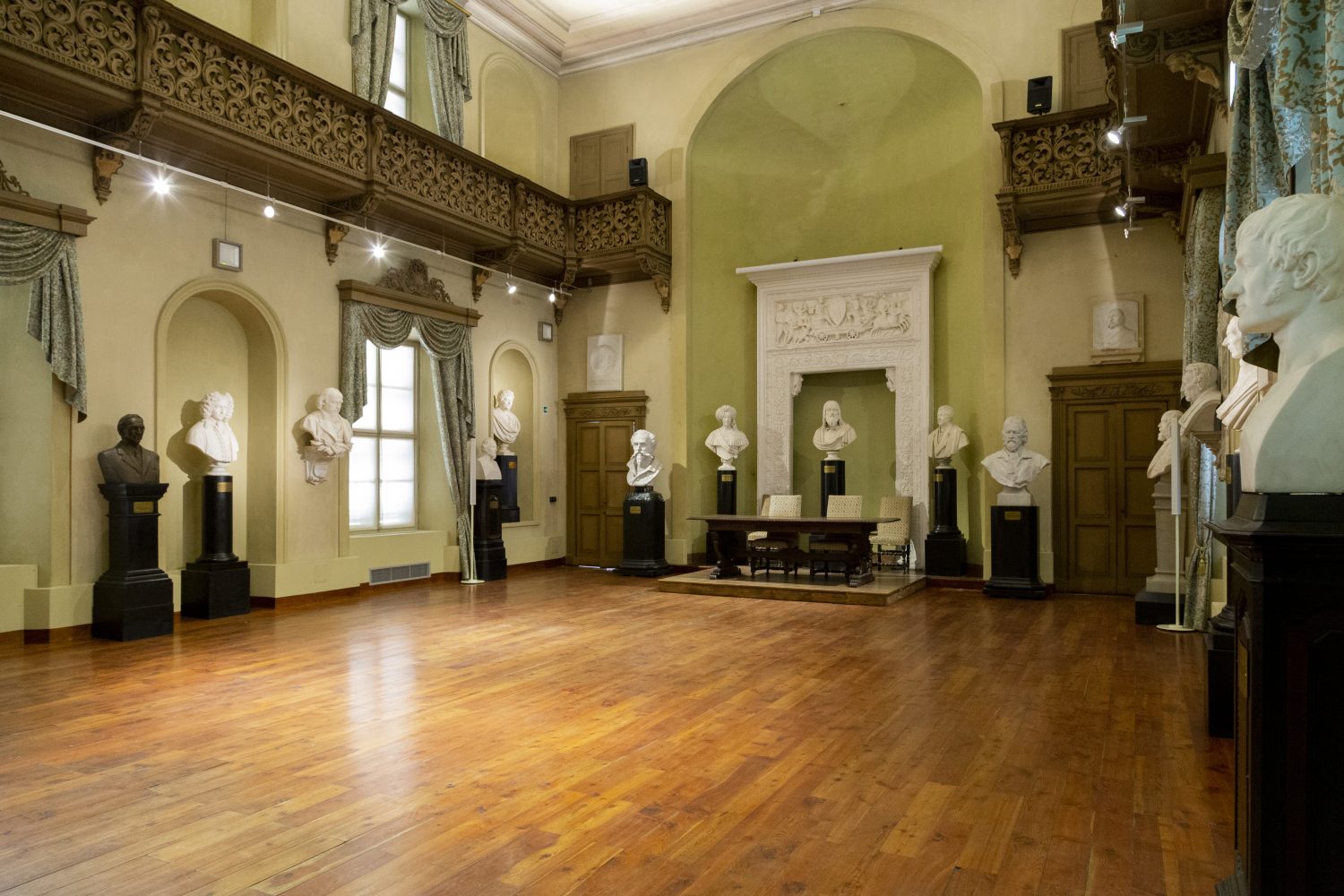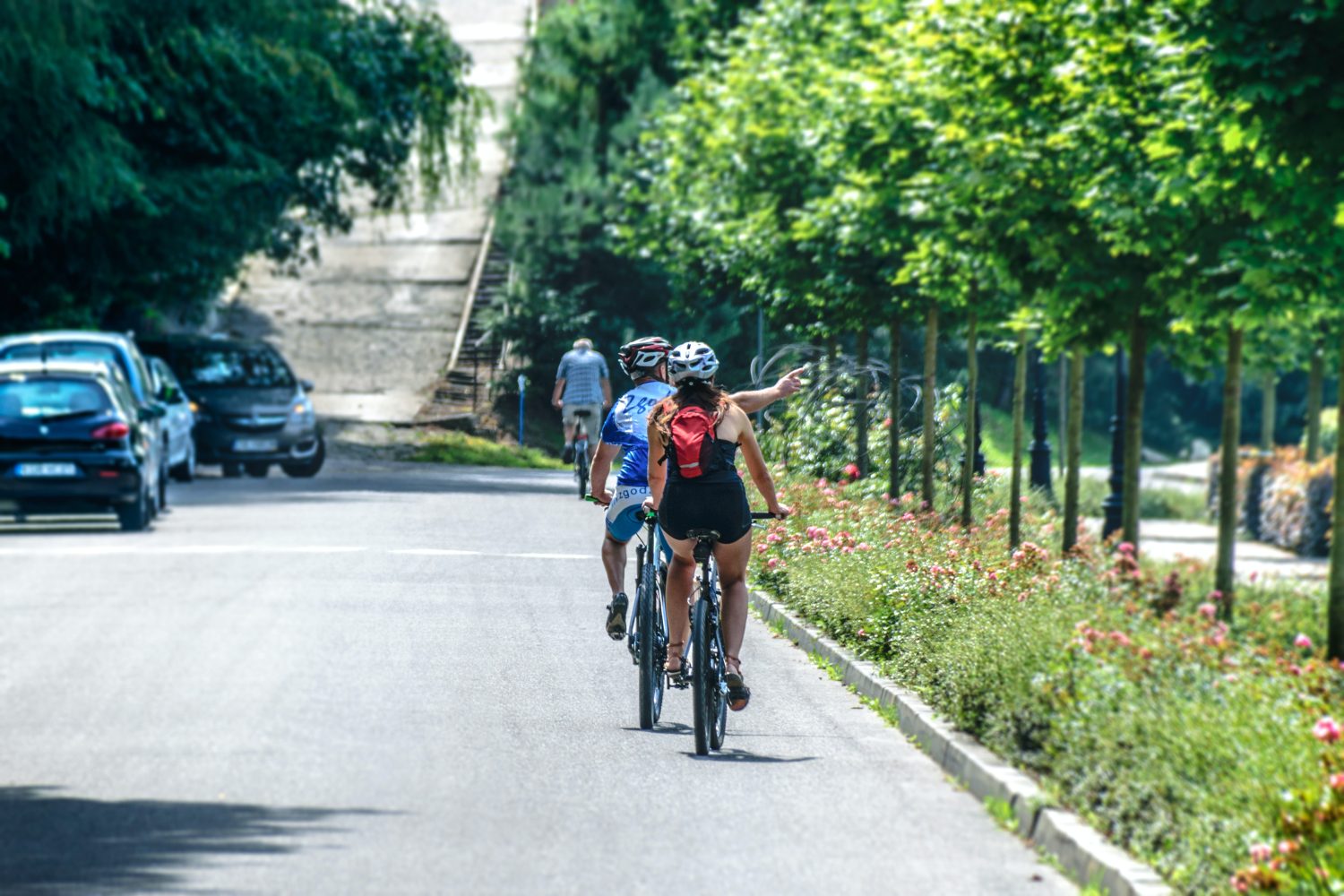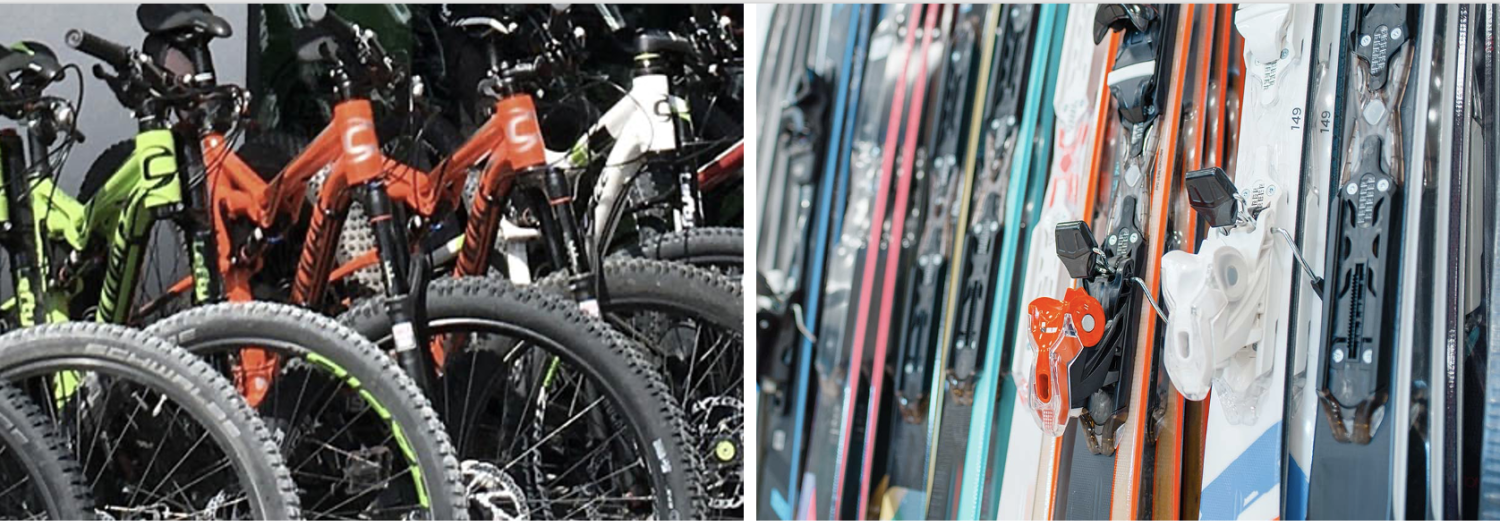
High Valsesia Nature Park
HIGH VALSESIA NATURE PARK
Established in 1979, it extends from the 880 m of Fobello to the 4,559 m of the Gnifetti Peak, making it the highest protected area in Europe. With its considerable altitude difference, the park is home to a large variety of natural environments presenting a remarkable diversity of flora and fauna.
The Park covers a surface area of about 6,500 hectares, including the high altitude areas of Valsesia, the Sermenza Valley and the Mastallone Valley, involving the municipalities of Alagna, Rima, Carcoforo, Rimasco, Fobello and Rimella. The territory of the High Valsesia Nature Park is characterised by a glacial-type morphology. Several explanatory panels with text, photographs, graphs and drawings are positioned along the route of the Glaciological Path, which leads from Alagna to the alpine pasture Fun D’Ekku in about two hours, to inform visitors about the development of the surrounding glaciers and the role they have played in shaping the landscape.
There is a well-equipped visitor centre in Alagna, at the alpine pasture Fum Bitz, at an altitude of around 1,600 m. This facility, which is open daily during the summer and by appointment at other times of the year, is an information point for visitors. It tells them about the protected area and its management. It is also used as an exhibition space. In the immediate vicinity of the information centre, the High Valsesia Nature Park has also created a botanical garden in which the main plant species typical of the protected area have found their rightful place.
The Angelo Mosso Institute, at 2,901 m above sea level, is a historic research centre named after Angelo Mosso, its creator and professor of Physiology at the University of Turin from 1879 to 1910. The construction of the Mosso Institute was intended to complement the activities of Capanna Regina Margherita, located on higher ground. The Angelo Mosso Institute opened in 1907 and, in the years that followed, various scholars found support here even for extensive stays while conducting their research. The Institute is open and offers guided tours in summer. It can be easily reached by ski lifts from Alagna to the Salati Pass, 2,936 m above sea level. From here, an easy, well-marked dirt track leads directly to the entrance gate in about 15 minutes. The Cimalegna area is also an ideal place to examine the geological history of the north-western Alps. Defined at an altitude of almost 3,000 m on the glacial plateau of Cimalegna, the Cimalegna Geological Pedological Path begins at the Salati Pass, between Valsesia and the Gressoney Valley in the Aosta Valley.
highlights and must-see places
Art and culture, ancient traditions, excellent food and wine, and countless outdoor activities.
